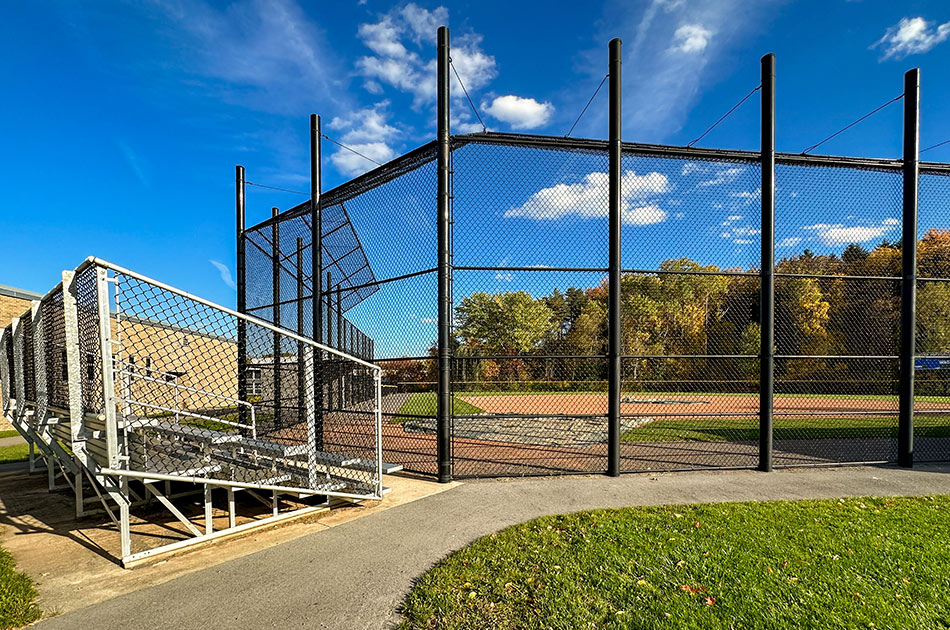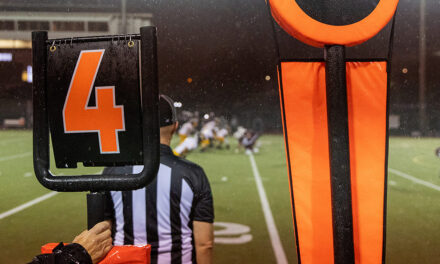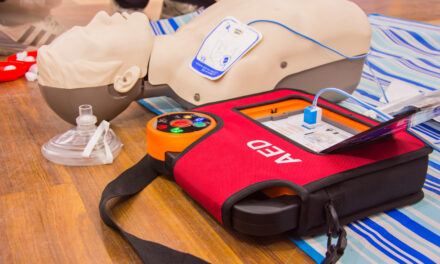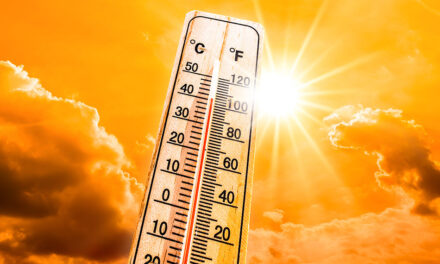The safety and security of sporting events are paramount, and athletic directors play a crucial role in creating a secure environment for everyone involved. Their responsibilities extend beyond the day of the event, requiring a proactive approach in planning, coordination with local law enforcement, and continuous assessment of potential risks.
By fostering strong communication channels between staff, volunteers, and emergency services, athletic directors ensure that safety protocols are not only understood but also effectively implemented. A comprehensive strategy is vital in preemptively addressing any concerns, thereby guaranteeing a safe and enjoyable experience for athletes, coaches, and spectators alike.
Comprehensive Security Measures
The foundation of a safe sporting event lies in robust security measures. Implementing strict access controls and deploying adequate security personnel are essential steps. Equally important is the utilization of event security technology, including surveillance cameras and metal detectors, to monitor and manage the crowd effectively.
Beyond physical security measures, creating clear, visible emergency exits and information points contributes significantly to overall safety. Regularly updating safety protocols to adapt to new challenges and technologies ensures that the security measures remain effective. Engaging with attendees through clear communication about safety procedures can also enhance security, creating a shared responsibility for a safe event environment.
Emergency Preparedness And Response
Preparation for potential emergencies is a critical aspect of event safety. Athletic directors should develop an emergency response plan that includes procedures for handling injuries, severe weather, and other unforeseen incidents. Regular drills and training for staff and volunteers in emergency procedures ensure a swift and coordinated response when needed.
This plan should also detail the communication strategy during emergencies, including notifying emergency services and guiding attendees safely. Incorporating feedback from these drills into the emergency response plan is essential for continual improvement.
Furthermore, establishing a dedicated emergency response team among the event staff can enhance the effectiveness of the response, ensuring that every member knows their role during an emergency.
Safety Protocols For Athletes And Coaches
Athlete and coach safety is of utmost importance. Ensuring that all participants are aware of and adhere protocols is vital. This includes proper equipment use, awareness of environmental conditions, and access to adequate medical support. Regular briefings and checks can help maintain high safety standards.
Additionally, implementing a comprehensive health and wellness program that includes nutritional guidance, mental health support, and injury prevention strategies further safeguards participants’ well-being.
Tailoring these programs to the specific needs of athletes and coaches, based on the sports they are involved in, enhances their effectiveness. Engaging healthcare professionals to provide on-site evaluations and consultations can also play a significant role in preventing and managing injuries, ensuring that everyone can perform at their best in a safe environment.
Crowd Control Strategies
Effective crowd control is essential for preventing accidents and ensuring that attendees can enjoy the event safely. Strategies such as clear signage, designated seating areas, and controlled entry and exit points can help manage spectator movements and prevent overcrowding.
To further enhance crowd management, employing digital ticketing systems can streamline entry processes and reduce queues, while strategic placement of barriers can guide crowd flow smoothly. Training staff to recognize and respond to crowd dynamics is also crucial, allowing for quick adjustments to safety protocols as needed.
Additionally, communication with attendees about expectations and safety guidelines, both prior to and during the event, reinforces the importance of their cooperation in maintaining a safe environment.
Legal Compliance And Safety Training
Compliance with local and national safety regulations is non-negotiable. Athletic directors should be well-versed in legal requirements related to event safety and ensure that their events adhere to these standards.
Providing training for staff and volunteers not only enhances event security but also promotes a culture of safety. Regular updates and refreshers on these regulations are crucial, as laws and guidelines can evolve. Establishing a direct line of communication with local regulators and first responders can facilitate compliance and provide vital resources for planning and executing safe events. Incorporating safety and legal compliance into the event planning process from the outset establishes safety as a priority, making it an integral part of the organizational culture rather than an afterthought.
This comprehensive approach ensures that every aspect of the event, from initial planning to final execution, aligns with the highest safety and legal standards.
Building A Culture Of Safety
Ultimately, ensuring safe high school sporting events is about building a culture of safety that permeates every aspect of the event. This involves collaboration among athletic directors, coaches, athletes, staff, and the community to prioritize and advocate for safety measures.
Fostering this culture requires consistent messaging about the importance of safety, open forums for discussing safety concerns, and the active involvement of all stakeholders in safety initiatives. Encouraging feedback and suggestions for improving safety protocols makes everyone feel valued and responsible for the collective well-being. Celebrating successes in safety improvements can further motivate the community to maintain high safety standards.
By embedding safety into the ethos of the school’s athletic program, it becomes a shared value that guides decisions and actions, leading to safer, more enjoyable sporting events for all.










